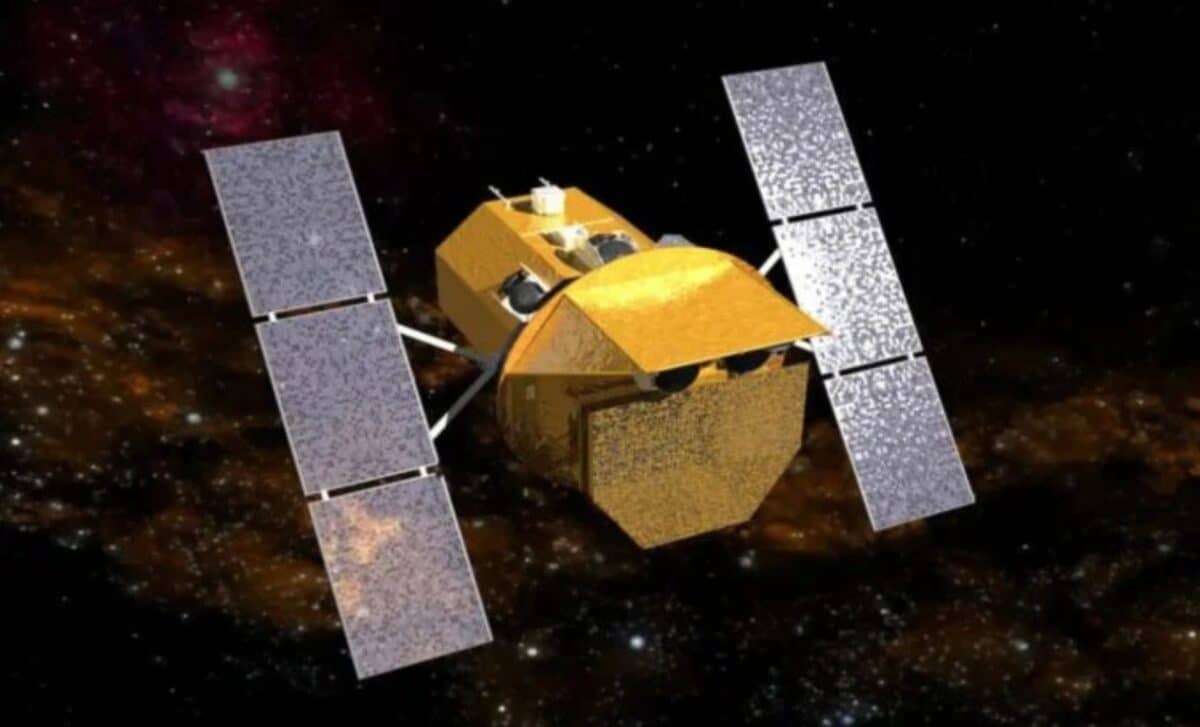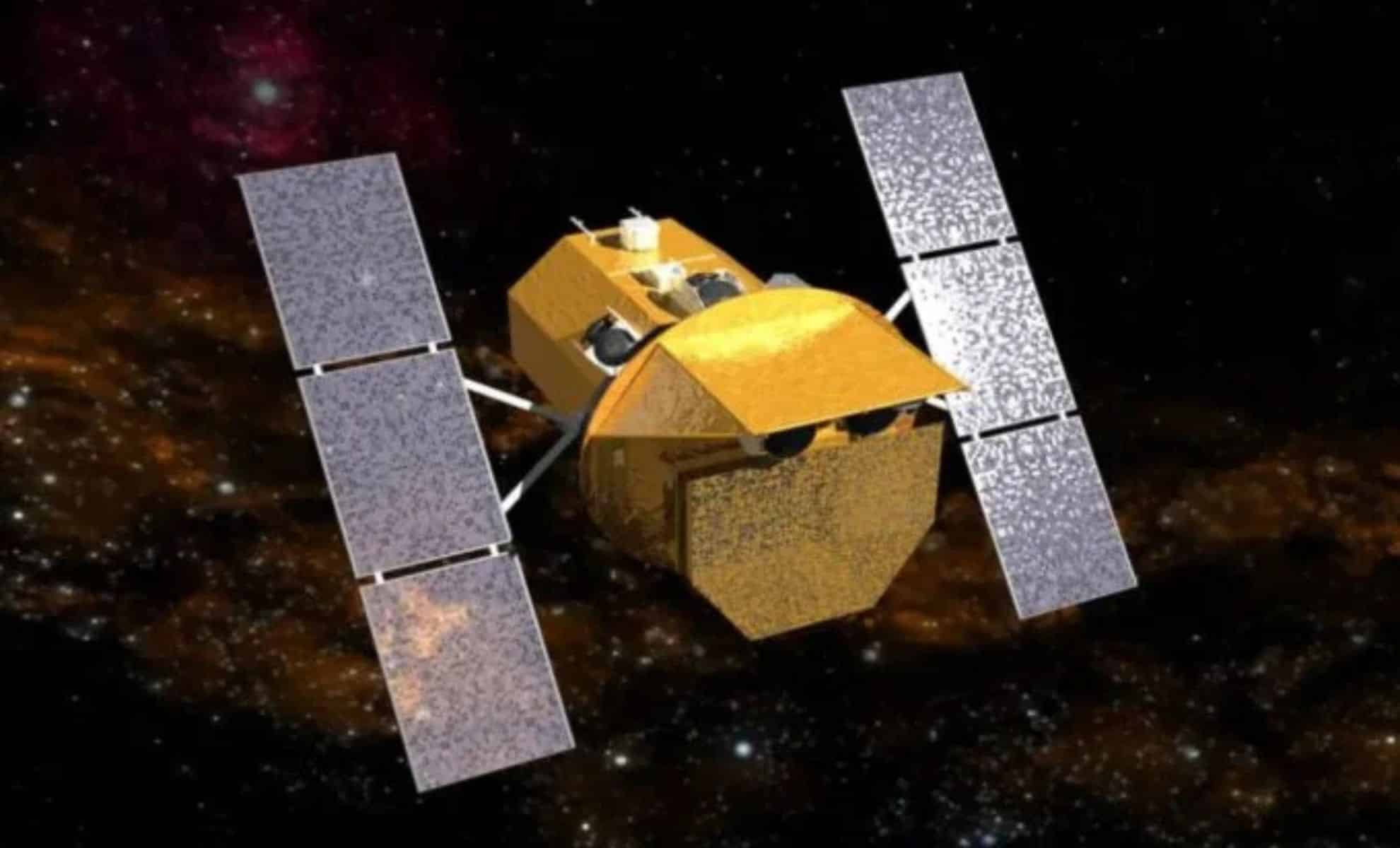NASA is on the verge of a new era in space exploration with the launch of its Probe Explorers program. Two groundbreaking missions—an Advanced X-ray Imaging Satellite and a Far-Infrared Observatory—are competing to explore some of the universe’s most profound mysteries. From unraveling the enigmatic power of supermassive black holes to discovering the origins of stars and planets, these missions could redefine what we know about the cosmos. One of these visionary missions will be chosen to launch in 2032, marking the dawn of a new frontier in astrophysics.
NASA’s Next Big Leap: New Space Probes to Unveil the Secrets of Black Holes and the Birth of Planets

NASA has unveiled a groundbreaking initiative under its storied Explorers Program, introducing a new category of missions known as Probe Explorers.
These missions aim to fill the gap between NASA’s flagship projects, which tend to be large, ambitious undertakings, and smaller, cost-efficient missions. With the potential to revolutionize our understanding of the universe, the Probe Explorers are designed to offer fresh, innovative approaches to studying some of the most complex and fundamental astrophysical phenomena. The initiative marks a significant step forward in NASA’s continuous efforts to develop cost-effective missions that still promise significant scientific returns.
The Probe Explorers Program: A New Chapter in NASA's Exploration Efforts
The Explorers Program, NASA’s longest-running mission framework, was established in 1958 to provide rapid, low-cost access to space for scientific research. It has launched over 90 missions to date, several of which have contributed to Nobel Prize-winning research. From the discovery of the Earth’s radiation belts to major advances in astrophysics, the program has been a cornerstone of space exploration. The Probe Explorers program adds a new layer to this legacy, focusing specifically on astrophysics and heliophysics with missions that promise to address high-priority scientific questions.
This new category reflects NASA’s growing emphasis on fostering innovation while maintaining affordability. Nicola Fox, the Associate Administrator for NASA’s Science Mission Directorate, highlighted the creative potential of the Probe Explorers initiative. "Both of the selected concepts could enable ground-breaking science responsive to the top astrophysics priorities of the decade," Fox noted, adding that the initiative "develops key technologies for future flagship missions, and offers opportunities for the entire community to use the new observatory, for the benefit of all."
Competing Proposals: Advanced X-ray Imaging and Far-Infrared Exploration
Two mission concepts have been selected for further evaluation under the Probe Explorers program, each of which has received $5 million to carry out a year-long feasibility study. These proposals represent vastly different approaches to unlocking the secrets of the universe, focusing on distinct but complementary areas of astrophysics.
The first proposal, the Advanced X-ray Imaging Satellite, is designed to explore some of the most extreme phenomena in the universe—specifically, supermassive black holes. These mysterious objects sit at the centers of galaxies and are believed to drive much of the energetic activity observed in galactic cores. The satellite will build upon the legacy of earlier X-ray observatories like Chandra and the Neil Gehrels Swift Observatory, but with significant improvements. It will feature a large, flat field-of-view and provide unprecedented spatial resolution, making it well-suited to study the violent interactions surrounding supermassive black holes and how these interactions contribute to the evolution of galaxies.
Christopher Reynolds, the mission's principal investigator from the University of Maryland, emphasized the mission's groundbreaking potential. He noted that the satellite could greatly enhance our understanding of "the power sources of a number of violent events across the universe," including the intricate processes that govern black hole accretion and galaxy formation. This mission aims to answer fundamental questions about how these massive objects influence their environments, potentially offering new insights into the role of black holes in shaping the cosmos.
The second proposal, the Probe Far-Infrared Mission for Astrophysics, focuses on a different wavelength of the electromagnetic spectrum: far-infrared radiation. While NASA’s James Webb Space Telescope (JWST) has expanded our ability to observe infrared wavelengths, there remains a significant gap between the capabilities of the JWST and radio telescopes. The Far-Infrared Mission aims to fill this gap, providing a new window into the formation of planets, stars, and supermassive black holes by studying far-infrared emissions. The observatory will feature a 1.8-meter telescope and will focus on investigating some of the most fundamental questions about the origins of planetary systems and the role of cosmic dust in star formation.
This mission will be managed by NASA’s Jet Propulsion Laboratory (JPL), and its findings could greatly complement the work of the JWST. The Far-Infrared Mission promises to reveal new details about the cold, dusty regions of space where stars and planets are born, offering key insights into the processes that govern cosmic evolution. It will also investigate the cosmic dust that obscures much of the light in the universe, helping astronomers better understand how matter coalesces to form stars and planetary systems.
The Race for Selection: What Comes Next
Over the next year, both mission proposals will undergo rigorous feasibility studies, with the goal of refining their designs and justifying their scientific potential. At the end of this process, NASA will select one of the two missions for full development, with a planned launch in 2032. The selected mission will become the first of the Probe Explorer class, representing a new frontier in NASA's quest to understand the universe.
The Advanced X-ray Imaging Satellite and the Probe Far-Infrared Mission for Astrophysics are vying for this coveted slot, and both have the potential to offer groundbreaking contributions to astrophysics. The X-ray mission promises to unravel the mysteries surrounding supermassive black holes, providing insights into their formation, growth, and interactions with the galaxies they inhabit. Meanwhile, the far-infrared mission will help answer some of the most pressing questions about star and planet formation, as well as the role of cosmic dust in these processes.
NASA’s Explorers Program has a rich history of producing missions that have transformed our understanding of the cosmos. From the discovery of the Van Allen radiation belts to the Nobel Prize-winning findings of the Cosmic Background Explorer (COBE), the program has a proven track record of success. The Probe Explorers represent the next step in this storied history, with the potential to make similarly profound discoveries.
Paving the Way for Future Flagship Missions
One of the key goals of the Probe Explorers program is to develop technologies that could be critical for future flagship missions. By focusing on relatively low-cost missions with a high potential for scientific return, NASA aims to cultivate new tools and methodologies that will eventually support larger, more ambitious missions. This approach allows NASA to balance the need for innovative science with the fiscal realities of space exploration.
As Nicola Fox pointed out, the new missions are designed to be responsive to the top astrophysics priorities of the coming decade. This alignment with the Decadal Survey on Astronomy and Astrophysics, a report that outlines the most important scientific goals for the field, ensures that the Probe Explorers missions will contribute to NASA’s long-term strategy for space exploration.
Looking Ahead: The Future of Space Exploration
As NASA prepares to select its first Probe Explorer mission in 2026, the excitement in the scientific community is palpable. Both proposed missions have the potential to reshape our understanding of the universe, from the way galaxies evolve around supermassive black holes to the processes that drive the birth of stars and planets. While only one mission will ultimately be selected for launch in 2032, the lessons learned from both proposals will undoubtedly inform future missions and shape the direction of NASA’s exploration efforts.
Whether it’s the Advanced X-ray Imaging Satellite peering into the hearts of galaxies or the Far-Infrared Mission uncovering the secrets of star formation, the Probe Explorers initiative promises to be a major step forward in our quest to unlock the mysteries of the cosmos.



